AO Edited
Gilnockie Tower
This 16th-century tower house has a little hidden secret and a connection to an Apollo astronaut.
The name Gilnockie is from the Scottish Gaelic Geal Cnocan, which means “Little White Hill.” Gilnockie Tower sits in what was once referred to as the “Debatable Lands” because it was unclear who ruled over them. The simple pele tower built from rubble stands five stories tall.
Gilnockie Tower was built around 1519-20. While it currently can’t be said with absolute certainty who built the tower, tradition links this place to one of the most famous and feared Reivers of the borderlands, Johnnie Armstrong.
In 1528, the tower was burned down by Sir Christopher Dacre, the English Warden of the Western Marches. Then in 1530 Johnnie Armstrong and 50 of his followers were tricked into joining a hunting party and then hanged by James V upon their arrival. The tower was rebuilt but damaged once again by English raids in the 1540s, only to be rebuilt again with a new parapet walk.
In 1972, Neil Armstrong, the NASA astronaut who took the first steps on the moon, visited Gilnockie Tower to learn more about his reiving ancestors. He stood on the outside walkway, of the roofless ruin of the tower, where every floor had crumbled away leaving just the spiral staircase and walls.
Not long after his visit, restoration work began on Gilnockie Tower, when Major T.C.R. Armstrong-Wilson bought the structure in 1978. The tower is a Category A-listed building and all work was carried out in consultation with the Scottish Development Department (Ancient Monuments). In January 2015, the tower closed for several years of major repair work. It reopened to the public in April 2018, along with the nearby Clan Armstrong Centre.
The oldest part of the tower is thought to be the large stone hidden in the basement. This stone has carvings of spirals and a key-like symbol. It is unclear at this time where the slab came from, or how it came to be reused in the building of the tower.
Know Before You Go
Limited free parking can be found at the base of the tower.


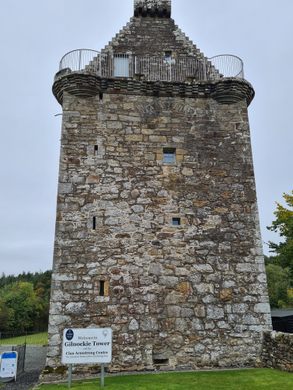
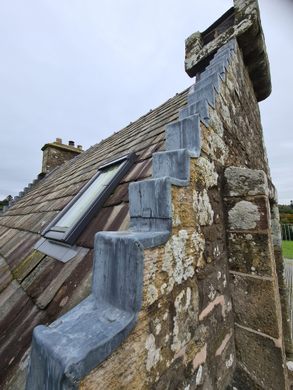
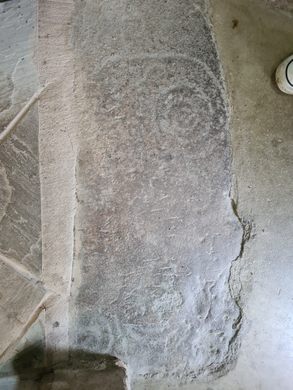
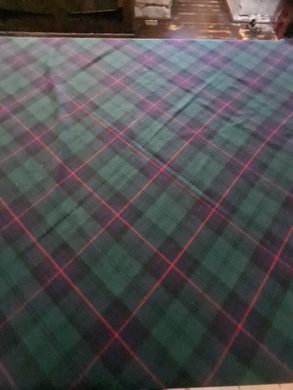





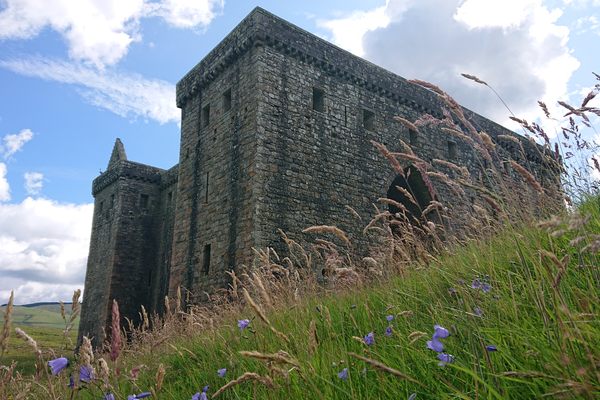




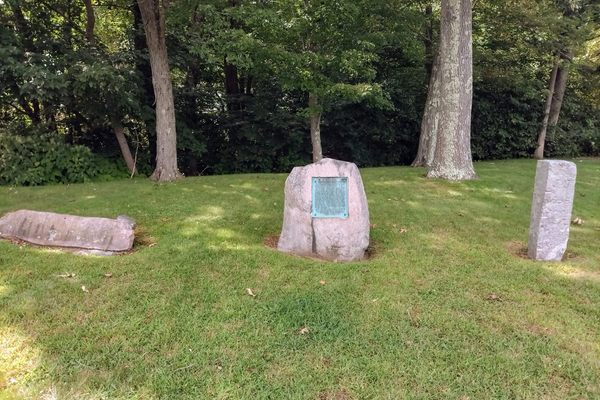


Follow us on Twitter to get the latest on the world's hidden wonders.
Like us on Facebook to get the latest on the world's hidden wonders.
Follow us on Twitter Like us on Facebook